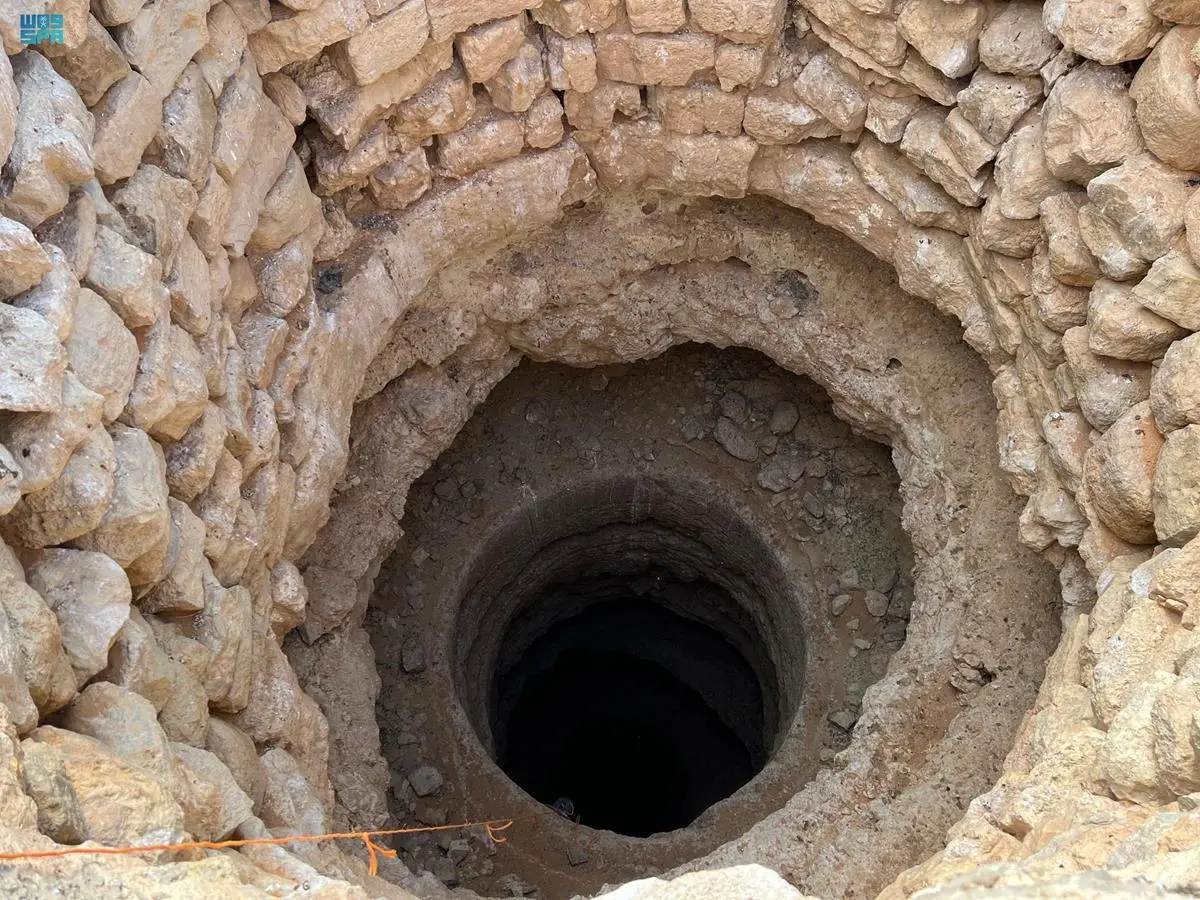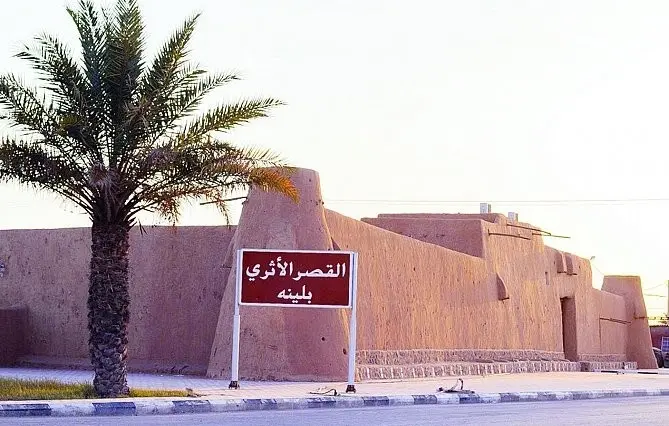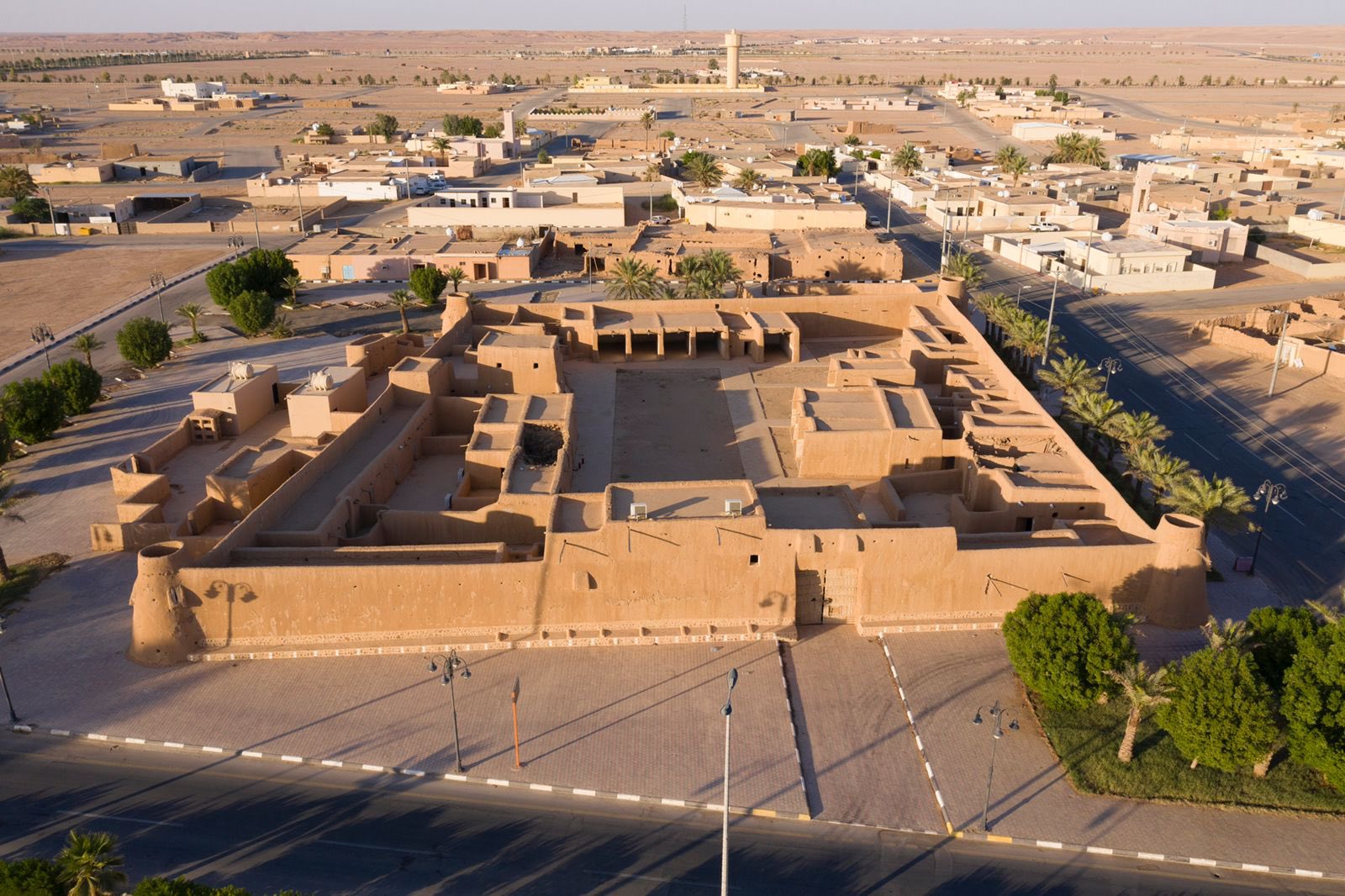With great historical significance, the ancient village of Lina is one of the Kingdom of Saudi Arabia’s treasures. In talking about the history, culture, and antiquity of the Kingdom, it isn’t easy to know where to start. This village, like many other rich and varied archaeological sites in Saudi Arabia, exudes authenticity and historical spirit.
Its illustrious history is one of the most significant references to this ancient country. With its distinct historical and cultural legacy, it is also among the most substantial and alluring tourist destinations in the nation. Among the oldest villages in the Kingdom’s north, it is home to numerous significant historical landmarks.
Lina Village’s Location & Wells
The village is in Saudi Arabia’s Northern Border Region, 105 kilometres south of Rafha. Ancient water wells that date back to the time of the Prophet Solomon, peace be upon him, are what define it. 
Legends and stories about these wells, which have been there for thousands of years, attest to their veracity and describe the location’s ancient history and symbolism. So, they serve as a draw for travellers from throughout the Kingdom and beyond.
Abdul Rahman bin Muhammad Al-Tuwaijri, a heritage and antiquities expert and researcher, pointed out that according to local legend, the wells in the village of Lina are some of the oldest in the Arabian Peninsula. He continued that these wells are carved in unique shapes and patterns among the village’s solid, rocky soil.
Notably, only around 300 of the original wells remain in the area. The majority of the information regarding these wells, according to tour guide Khalaf Bin Jabal Al Shamri, is based on rumours. He states, “These wells are not the subject of academic investigation, but numerous reports and sources confirm that they are thought to have existed historically in greater than 300 locations throughout a stable rocky plateau.”
Although there is no historical record of who dug it up, this area has been home to many ancient civilisations, and the ruins of the city of Al-Hijr provide the best evidence for this. In addition to its strategic location on the historic trade route that connected Najd and Iraq, the village has long served as a refuge for caravans traversing the hostile desert.
Read more: Al-Turaif is a Fantastic Tourist Attraction in Saudi Arabia
Its Most Notable Historical Proof
With an estimated 4,320 square metres, the founder, King Abdulaziz, may God have mercy on him, constructed the palace in 1354 AH, which served as the emirate’s capital. It is still a testament to the area’s legacy from nine decades ago, with its unique view and historic architectural design. Since at the time it had a connection with managing public affairs and development and enhancing security, this palace has a particular symbolic meaning. 
Its presence connected the village of Lina to its long history as a route for trade caravans and the Hajj, its status as a desert capital, and its cultural influence in upholding security and managing the affairs of its residents. It would be impossible to discuss the village without mentioning the oldest marketplaces in the area and the biggest commercial hubs in Saudi Arabia in the mid-century. In 1352 AH, its market began for commercial purposes.
The market has 80 stores spread across 5,000 square meters of space. This market reflects the rich and ancient history, as well as tales of the desert, caravans, and travellers from diverse cultural backgrounds.
Read more: Diriyah Arena is a Unique Project Inspired by the Saudi Identity
Reason for Its Name
The village’s history begins with the time of the Prophet Solomon, peace be upon him, and books on ancient history, poetry, and literature have all referred to it. The stories claimed that after the Prophet Solomon left the Holy Land for Yemen and paused to eat in the harsh and desolate land of Lina, his demons, peace be upon him, dug in the soft ground.
A demon on Solomon’s head grinned when people were thirsty, and it was hard to find water. “What makes you laugh?” Solomon asked him. He answered, “I laugh at people’s thirst while they are on the banks of the sea!” Water poured out as Solomon commanded them to hit the ground with their sticks.
istorical texts like “Al-Arab” and “Mu’jam Ma Isti’jam” also mention Lina, stating that despite the absence of springs, it has very fresh wells.
To sum up, the village of Lina is among the most significant landmarks in the Kingdom because it embodies both the renaissance of the present and the scent of the past during the Kingdom’s unification. Being the centre of trade and pilgrimage caravans, it attracts tourists from inside and outside the Kingdom. In addition to the depth and freshness of its wells, Lina is unique for the breadth and depth of its past.

Read more: Mecca Clock Tower: A symbol of KSA’s Economy, Culture, & Religion